Did you know that your lightbulbs could be messing with the design of your home? If you’ve been out shopping for lightbulbs lately, you’ve probably noticed that there seem to be hundreds of options out there. For now, I want you to just forget about the fact that there so many choices to make for size, wattage, etc., because we are going to focus on something that can have a major impact on the look and feel of your home…color temperature.
What is Color Temperature?
Over the past several years, we’ve seen a major shift away from traditional incandescent bulbs to more energy efficient options. When incandescent bulbs were the only choice, we didn’t have to think so much about color temperature, because incandescent bulbs pretty much all have the same warm light “color.” But now that we have LEDs and fluorescent bulbs on the market, there is now a wide range of color temperatures to choose from!
Most bulbs these days come in a range of temperatures, and you’ll usually see these values written someplace on the packaging:
- Soft White (2700K – 3000K)
- Bright White/Cool White (3500K – 4100K)
- Daylight (5000K – 6500K)
Most people automatically assume they should get Soft White bulbs, because that sounds kinda cozy and not too harsh, right? WRONG! Soft White bulbs could be completely wrong for your space!
If you look at the Color Temperature Scale below, you can see that a lower temperature means the bulb will cast a warm (red, orange, or yellow) light into the room, and a higher value will cast cool (blue or violet) light into your room. Just so you know, incandescent bulbs typically fall into the Soft White (2700-3000K) range.
Why Does Color Temperature Matter?
Why is this such a big deal? Just take a look at the next picture, showing 4 different bulb temperatures in the same bathroom. In fact, I want you to focus on how the paint color seems to change drastically with color temperature. In the far left picture, the wall near the light fixture looks beige, but in the far right picture, it looks blue! OK, now look at the wall that is reflected in the mirror. See how in that first picture the reflected wall has a bit of a greenish-gray look? It also looks completely different than the wall color near the light fixture. As the light temperature gets cooler, in the pictures to the right, you can see that the two wall colors start to resemble each other much closer. Pretty amazing, right?
Here’s another room where you can see four different color temperature bulbs used in the bedside lamps. Which one says cozy bedroom retreat to you? Which one feels more like a sterile hospital room?

Source: The Lighting Practice
Can you understand why choosing the right bulb temperature can be so important for your home’s interior design? Not only can the bulb color temperature change the look of your paint colors, pillow colors, furniture colors, etc., but it can also have a major impact on how you feel in the room.
What Color Temperature Should You Choose?
Now that you are armed with information about color temperature, it’s time to go out into the hardware store and choose your lightbulbs! But, how do you know which color temperature is right for your space? Well, I’m sorry to say that there’s no exact science to it, or hard-and-fast rules to follow (like everything else in design), but there are a few guidelines I can share to help you on your way. Also, keep in mind that you may want to use different color temperature bulbs in different rooms in your home, depending on how you use the space. And, if you’re stuck choosing between two options, bring them both home and try them out to see which one “feels” best in your home. It might take a little trial and error to get it right.
Go with Warm Light (2700-3000K) When…
- You want a dimmer, more relaxing, cozy feeling in your room.
- You want to neutralize a paint color that is looking a little more blue or violet at night than you’d like.
- You don’t mind if the dark greens and blues in your design fade away at night.
Go with Neutral Light (3500-4100K) When…
- You want to keep your paint colors looking the same at night, as they do during the day.
- You have gray paint on your walls, and you want to keep them looking gray at night (rather than bringing out their warm or cool undertones).
- You have a lot of different colors in your home, and you want each color to shine and come to life at night.
Go with Cool Light/Daylight (5000-6500K) When…
- You use the space for work at night, and need bright light for productivity.
- Your paint color is looking too yellow-orange at night, or you already have a lot of other warm elements in the room (oak floors, wood furniture, warm colored fabrics, and you want to neutralize the room with a higher color temperature bulb.
Now that you know all about color temperature, and how your lightbulbs could be messing with your interior design, take a fresh look at the lighting in each room of your home. Are there places where a different bulb (with a warmer or cooler color temperature) could make a difference in the feeling, color, or productivity of the room? If so, you’ll know just what to look for the next time you go out shopping for lightbulbs.


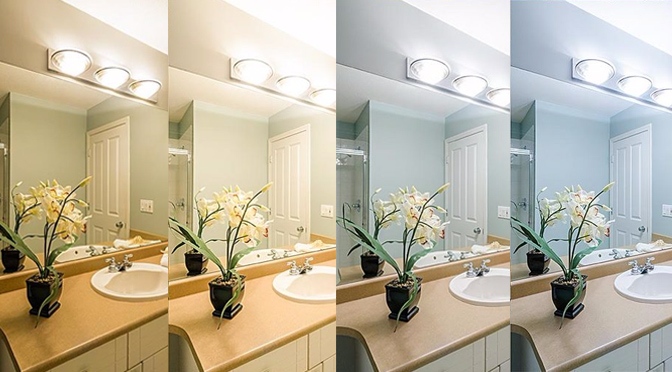
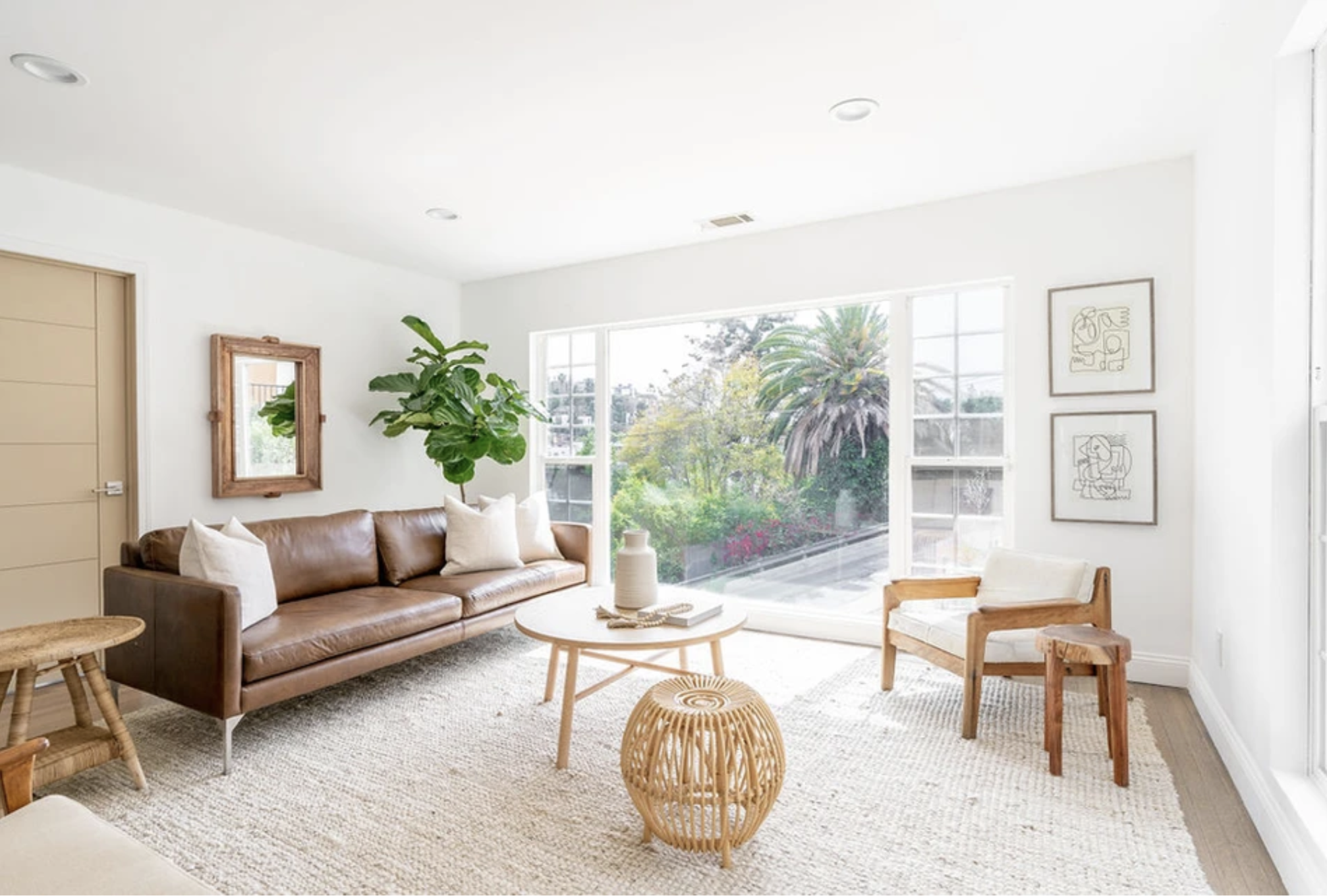
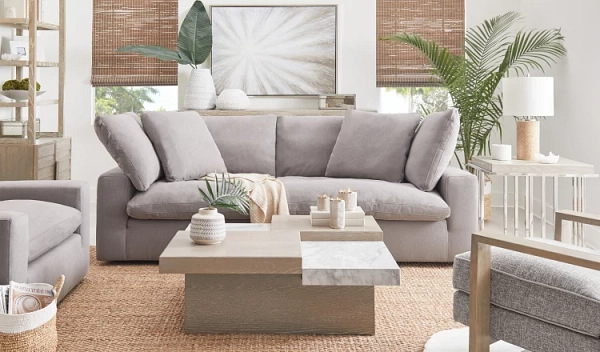
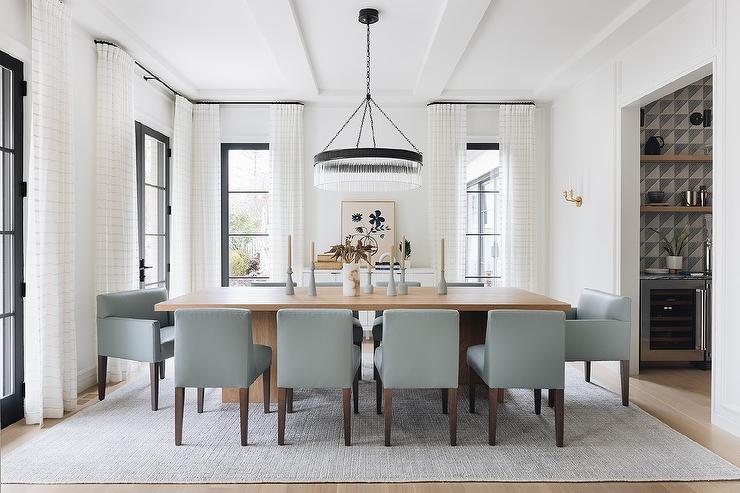
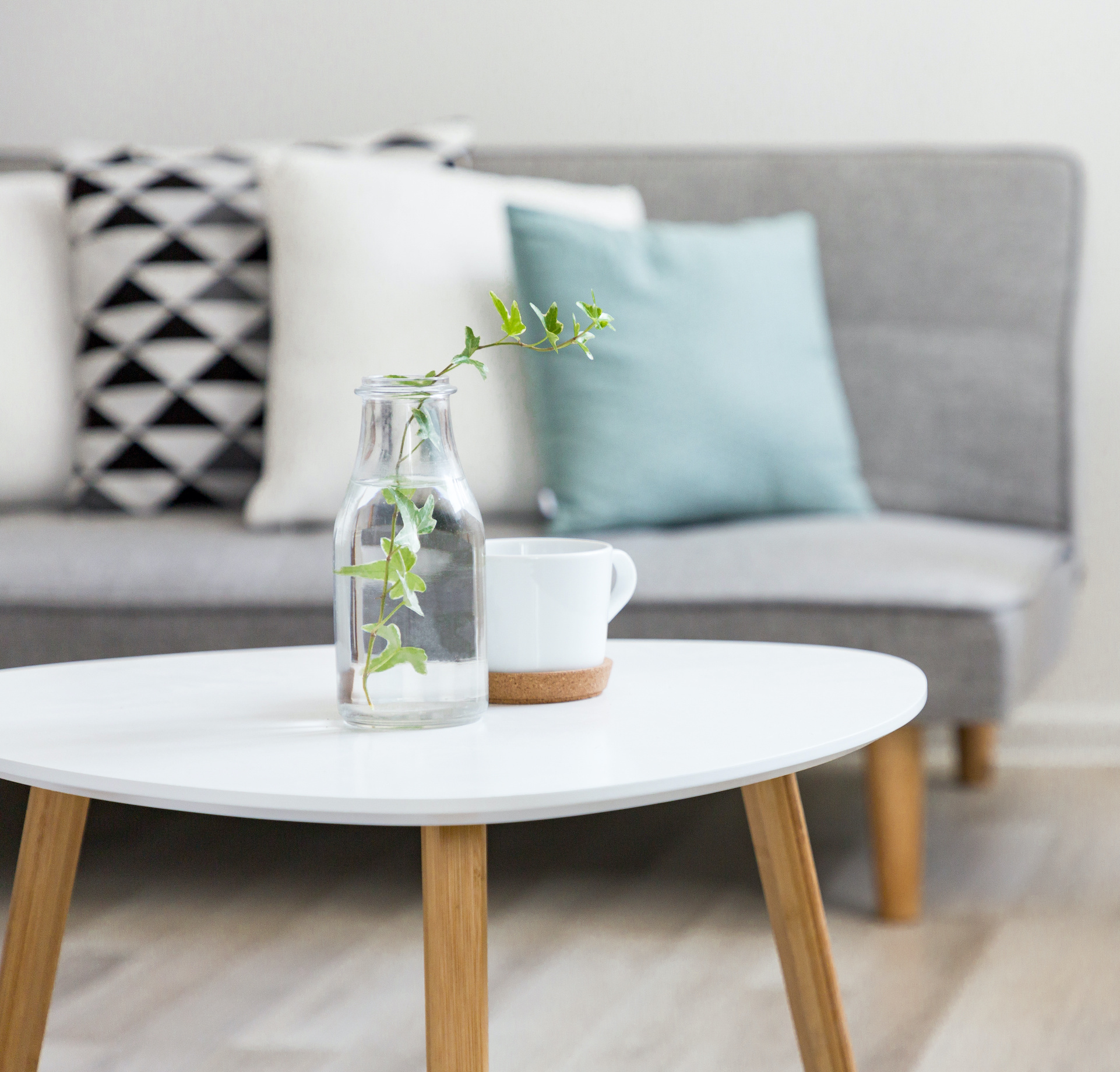
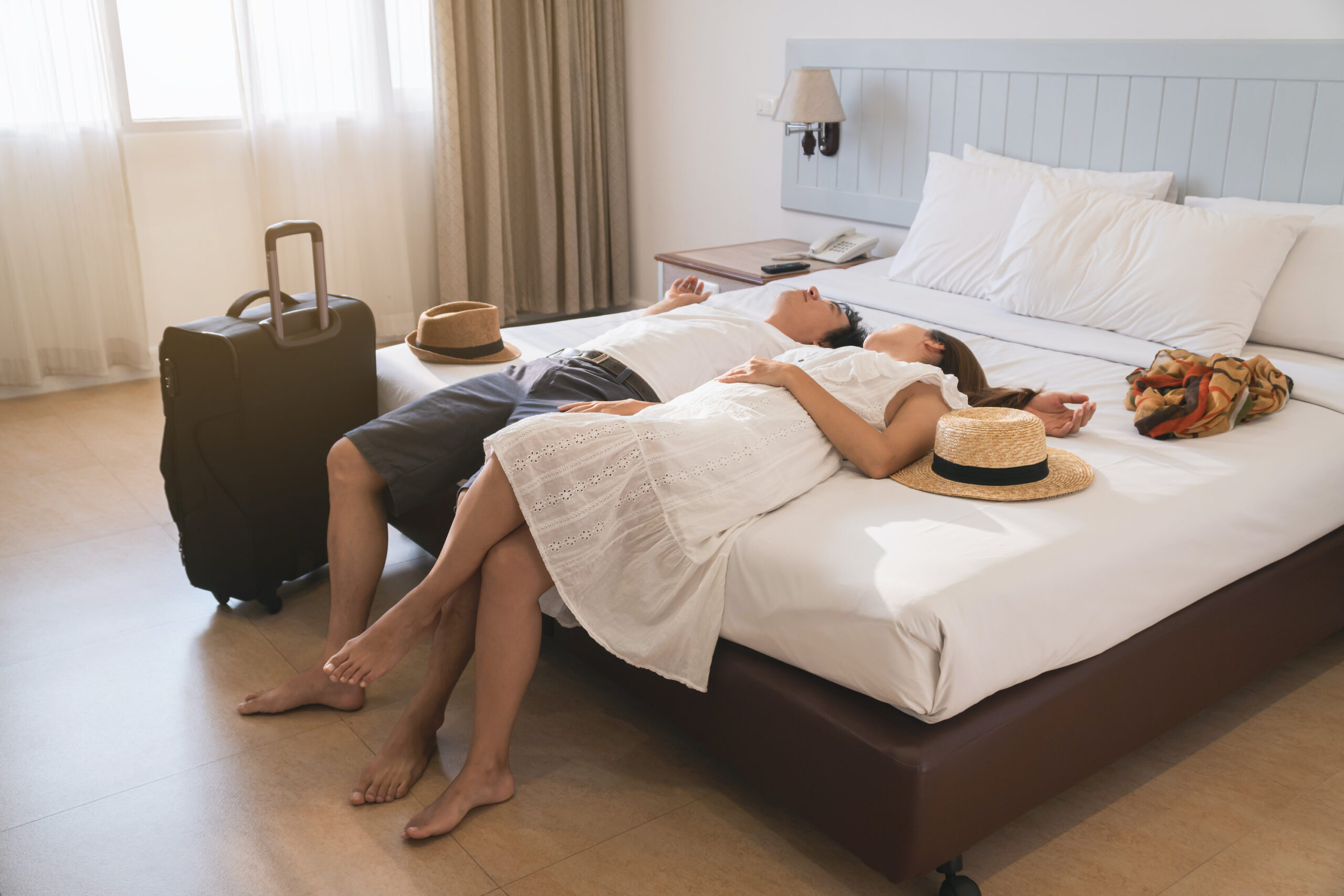
Leave A Comment